LED lighting the energy saver
LED lighting the energy saver
The long life of Philips LED bulbs means you won’t have to change them
Its energy efficiency will also reduce your expenses.

It is a surface mounted circular light that is easy to use.
The modern, unobtrusive design, along with the homogeneous distribution of light it provides, means that this lamp blends into most building structures.
With push-in connectors, installation is quick and straightforward.
Philips is very famous in the manufacture of these lamps due to the fact that they provide an ideal quality range of Philips Lamp.
Philips LED bulbs consume up to 80% less energy than incandescent bulbs, while still producing the same beautiful warm light you’re used to. A Philips LED bulb can last up to 15,000 hours, which is equivalent to 15 incandescent bulbs. So not only will you change fewer bulbs, but there will be less waste as a result. Your home is worth the investment, let Philips help.
Energy saving LED lights
LED lighting means sustainable lighting in many ways. First, LED bulbs save up to 90% energy compared to conventional bulbs with the same light output.
When you buy a Philips LED bulb or lamp, you start saving money right away. And you’ll see immediate results in a lower energy bill for each LED bulb you replace.
Longevity
LED light sources last long, which avoids the hassle of frequent light bulb changes. This significantly reduces waste as well as saves on costs in the long run.
The life span of an LED light source can be up to 10 times that of conventional light sources. A conventional bulb has a lifespan of around 2,000 hours, while Philips LEDs have a lifespan of up to 20,000 hours. That equates to 20 years!
Watts and Lumens
Lumens and wattage are two important concepts to understand when considering the energy consumption of a light source. Simply put: an LED consumes much less power (watts) to produce the same light output (lumens).
Example: An LED bulb consumes only 2.5 watts to produce a light output of 115 lumens, while a conventional bulb takes 15 watts (or 6 times the energy!) to produce the same lumens output.
Watch the video to learn more about watts and lumens, or see our guides to how much light , watts, and lumens are .


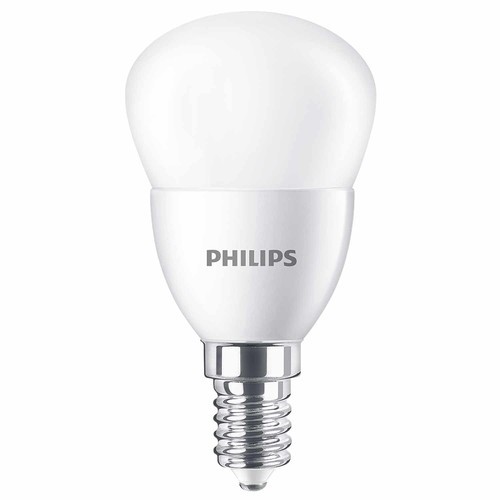


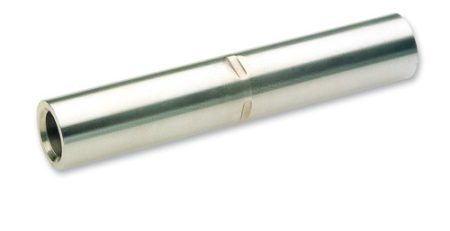
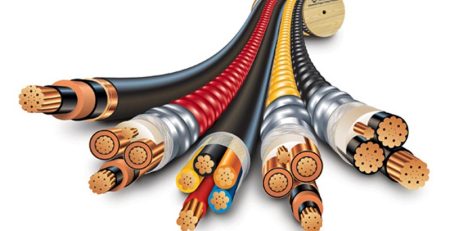
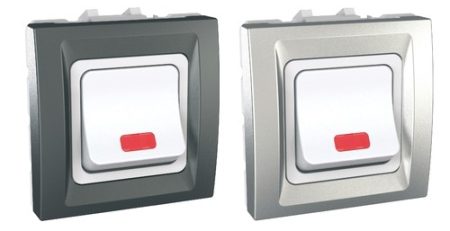

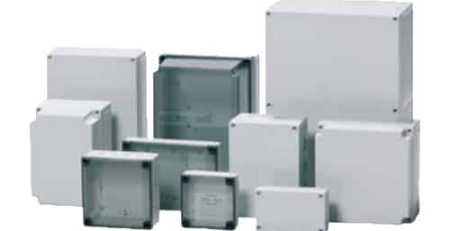
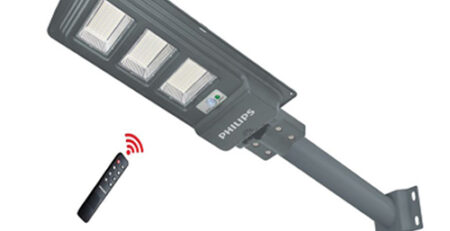




Leave a Reply
You must be logged in to post a comment.